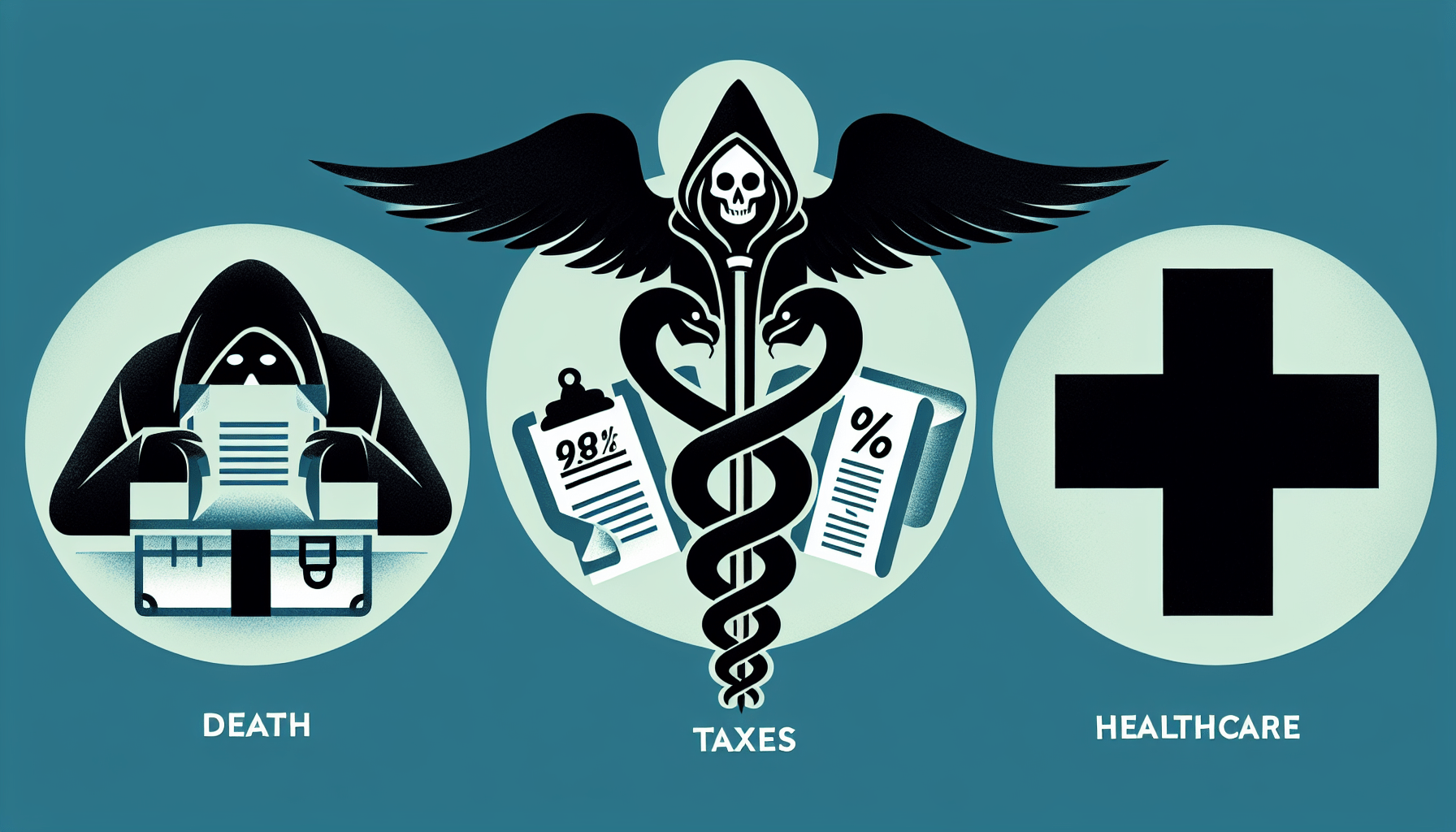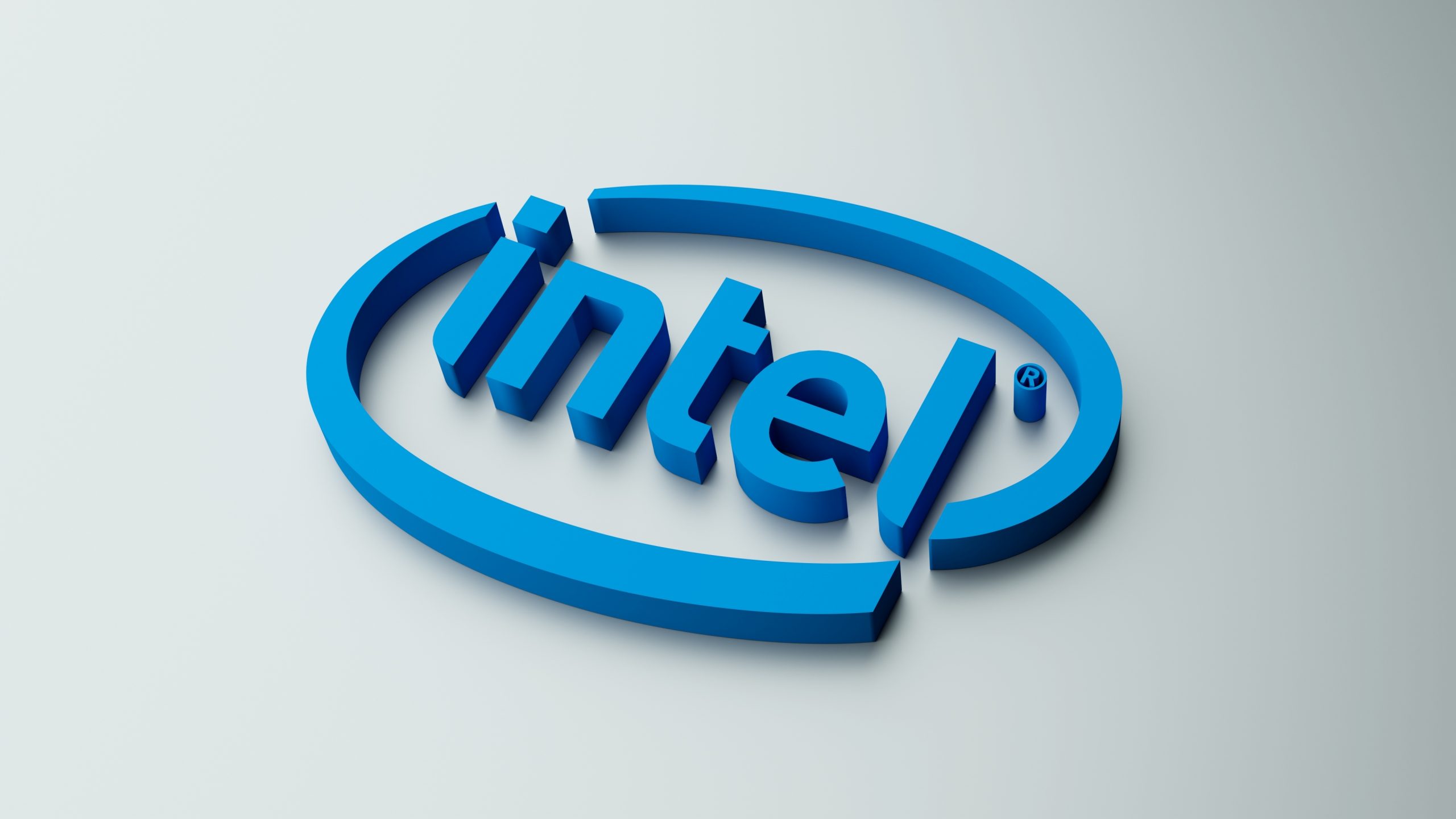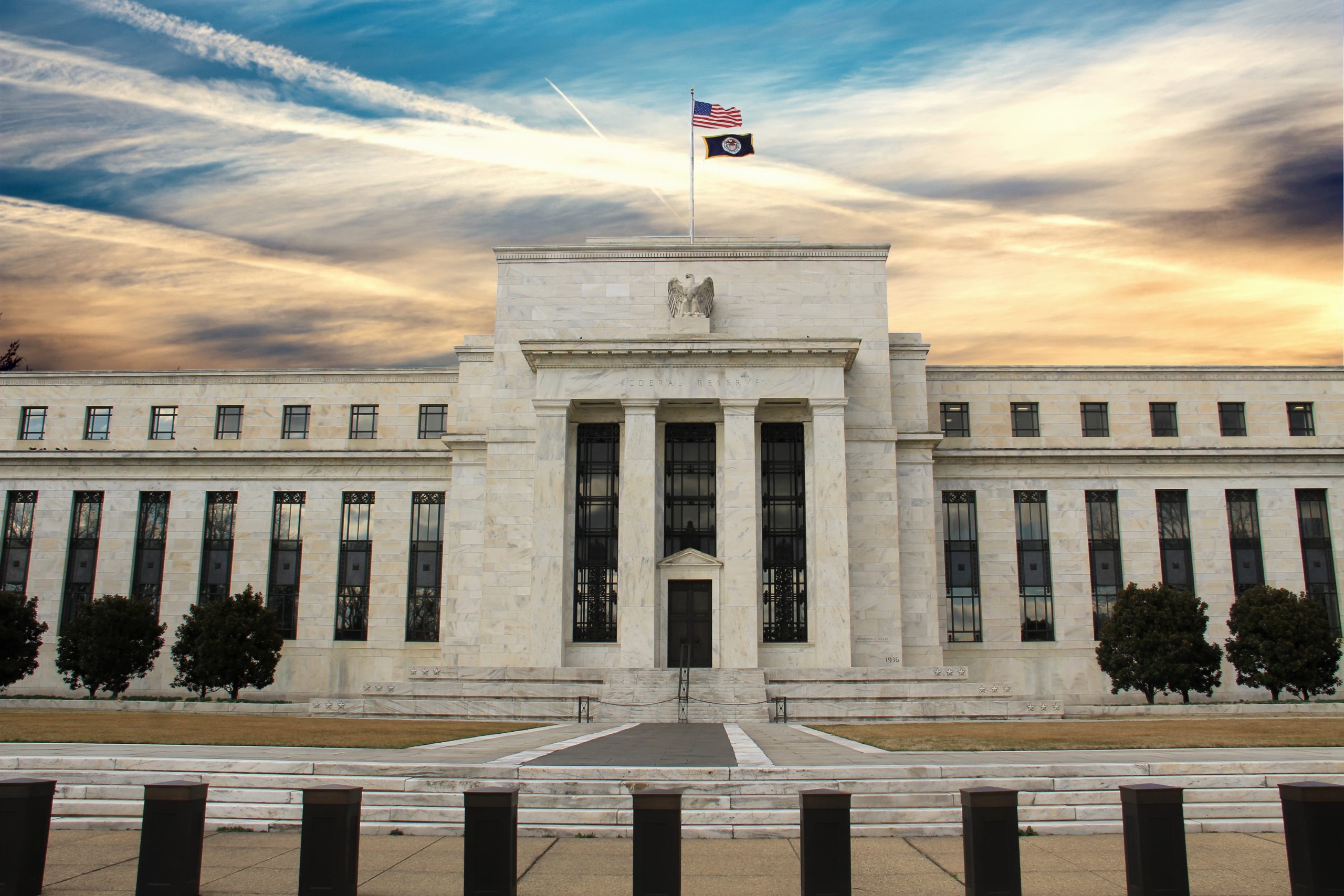CRYPTOCRITICAL
After the latest meltdown, a financial pundit weighs in on crypto’s capers

Bitcoin and cryptos in general might look like a magnificent bubble that imploded in 2018, but the word “bubble” doesn’t really apply. Actually, purveyors of cryptocurrencies have scammed victims into paying a lot of hated fiat currency for an essentially useless digital “money” whose “value” is dissolving. Only those who got out in time made a killing.
Cryptos are “decentralized.” That was one of the major selling points in promotional whitepapers full of intelligent-sounding gobbledygook and propaganda peddled by an army of crypto trolls and hired celebrities. Because cryptos are decentralized, everyone can create his or her own, and all kinds of outfits are mining new units of existing cryptos. On some levels, it’s really just a big joke. But the pain is real, and the numbers are substantial.
There are now more than 2,100 cryptos, according to CoinMarket- Cap, up from 1,926 in September, 2018; up from 1,400 in January, 2018; up from 1,000 in October 2017; and up from just a handful a few years ago. Cryptos are multiplying like rabbits – though since the collapse began, the process has slowed. And hundreds of cryptos have already turned into digital zombies.
Market cap for each crypto is figured by the current number of coins, multiplied by the current price. Since mining creates new coins all the time, it also creates new market cap. The whole process turns market cap into something theoretical.
Nevertheless, here goes: On January 7, 2018, market cap was $833 billion. Today, as of this writing, market cap is down to $115 billion. That means more than $700 billion in value has simply disappeared. The good thing for the U.S. economy is that much of this market cap destruction has hit people around the globe, and people in the U.S. got whacked by only a portion of it.
This has been such an obvious scam that even I could see it on the way up, and I have written about it frequently. The articles attracted lots of crypto-trolls. Lots of them are lurk- ing because that, too, is part of this scam: Everyone has to promote it.
Some of those crypto-promoters are paid, such as John McAfee who admitted in March 2018 that he charged $105,000 per crypto-promo tweet.
Others did the promos for free, hoping to do their part to drive the price of their crypto into the stratosphere and be compensated that way.
And for a while, some befuddled reporters in the mainstream media, in love with “new technology” or whatever, supplied the super-horse- power needed to power the scam.
Bitcoin holdings are concentrated among a relatively small number of large holders, such as bitcoin miners, hedge funds and family offices. Many of the hedge funds and family offices piled into it in early and mid-2017. Then they “leaked” to the media that they’d bought into it. The media then published breathless articles about these smart folks, and how they’re accepting this new technology. This created even more hype and drove up the price further.
But there’s no liquidity in cryptos. Just as the hedge-fund purchases in 2017 caused prices to multiply due to lack of liquidity, efforts to get out from under these positions have caused the prices to collapse. That second part is apparently something these folks didn’t think about before.
In other words, these hedge funds and family offices are stuck, unless they want to cause the price to collapse further.
Cryptos will bounce again, as they have before, just enough to give folks some hope, before they collapse again when some of the big money is gingerly trying to get out without totally crashing the entire space.
For anyone trying to get some money out of the crypto space, new money – dollars, euros, yen, won, etc. – must flow into the crypto space in the same amounts. And Fed Chair- man Jerome Powell, during his testimony before the House of Representatives Committee on Financial Services last July, was asked about cryptos. Instead of pussyfooting around the issues, as Fed chairs used to do, he refreshingly stepped into it with both feet.
It’s becoming harder to get the public to throw money at the cryptocurrency scam
Whatever limits they might have, “cryptocurrencies are great if you’re trying to hide money, or if you’re trying to launder money,” Powell said, from a regulator’s point of view.
Whatever they are, they’re not functional currencies. “Crypto-currencies are not really used very much in payment. Typically, people sell their cryptocurrencies and then pay in dollars. In terms of a store of value… look at the volatility. It’s just not there.”
But the Fed doesn’t have jurisdiction and Fed chair Jerome Powell doesn’t want it. He’s on the record as saying it’s on Security and Exchange Commission turf because of the investor protection that’s involved. The Treasury Department and the Financial Crimes Enforcement Network could also regulate it, he says, adding that, “I don’t see us as the right group to do that.”
Hypocritical?
In February, JP Morgan announced plans to launch JPM Coin despite the blistering criticism that CEO Jamie Dimon has leveled at bitcoin. For the most part, the financial media covered the news inaccurately, either by pointing to Dimon’s supposed hypocrisy or defining JPM Coin as a new cryptocurrency. luckbox asked Wolf Richter to sort it out.
JPM Coin is not a cryptocurrency and doesn’t fit into this discussion, Richter says. So it doesn’t need to be mentioned in the same breath with those scams. JPM Coin is strictly a blockchain-based payment system. It involves no “mining,” no exchanges and no “wallets.” It cannot be traded. It requires that both the sender and the recipient have bank accounts with JPMorgan. The system simply converts dollars in the sender’s account into JPM Coins for the blockchain, and then the recipient converts them back into dollars, both at 1:1.
It was created so that JPMorgan could use the blockchain technology for payments. Processing payments over a blockchain “requires a digital currency, so we created the JPM Coin,” JPMorgan said.
No Hocus Pocus
There’s no cryptocurrency-magic to JPM Coin. It’s just an instantaneous payment system that works over a blockchain network. You have to have the dollars in your JPMorgan account before the transaction. You exchange them into JPM Coins 1:1 and then send those coins to another JPMorgan account holder who exchanges the coins back into U.S. dollars 1:1. And it all happens within a very short time.
It’s free for both the sender and the recipient. It’s instantaneous. It’s easy. And the recipients get nearly instant notification that the money has arrived in their accounts. This money can be used immediately, and the recipient doesn’t have to wait one, two or three business days as with checks or other payment forms. Senders can’t cancel payments they made to a Zelle participant (though they can cancel it if they tried to send the payment to a non-participant). It works – I use it.
Banishing The Fee Gougers
If you’ve ever dealt with PayPal as a recipient, you realize what a gouge it is.
And if you’re a merchant or restaurant owner and take credit cards, you realize what a gouge they are – and they’re going to be an even bigger gouge starting in April because Visa, MasterCard, and Discover are going to raise their processing fees.
It’s time that modern instantaneous payment systems that are free for the sender and the recipient replace the gouges. Let the best solutions prevail. And if people need to charge something, banks can create a loan account attached to their payment system, so that folks can use these new methods and throw out the credit cards that are taking a cut out of every transaction.
Customers may not see that cut directly since merchants pay it, but they feel
it because merchants pass that expense on to their customers via the prices they charge. And even cash-paying customers feel that fee in their wallet because they pay the same price.
Banks would love to avoid having to pay these fees. It may be that once they get the kinks worked out of whatever payment systems prevail, blockchain-based and/or other, those credit card companies are going the way of Friendster.
Wolf Richter, editor in chief of wolfstreet.com, writes about business and finance with an eye toward exposing shenanigans, entanglements and opportunities. @wolfofwolfst






















